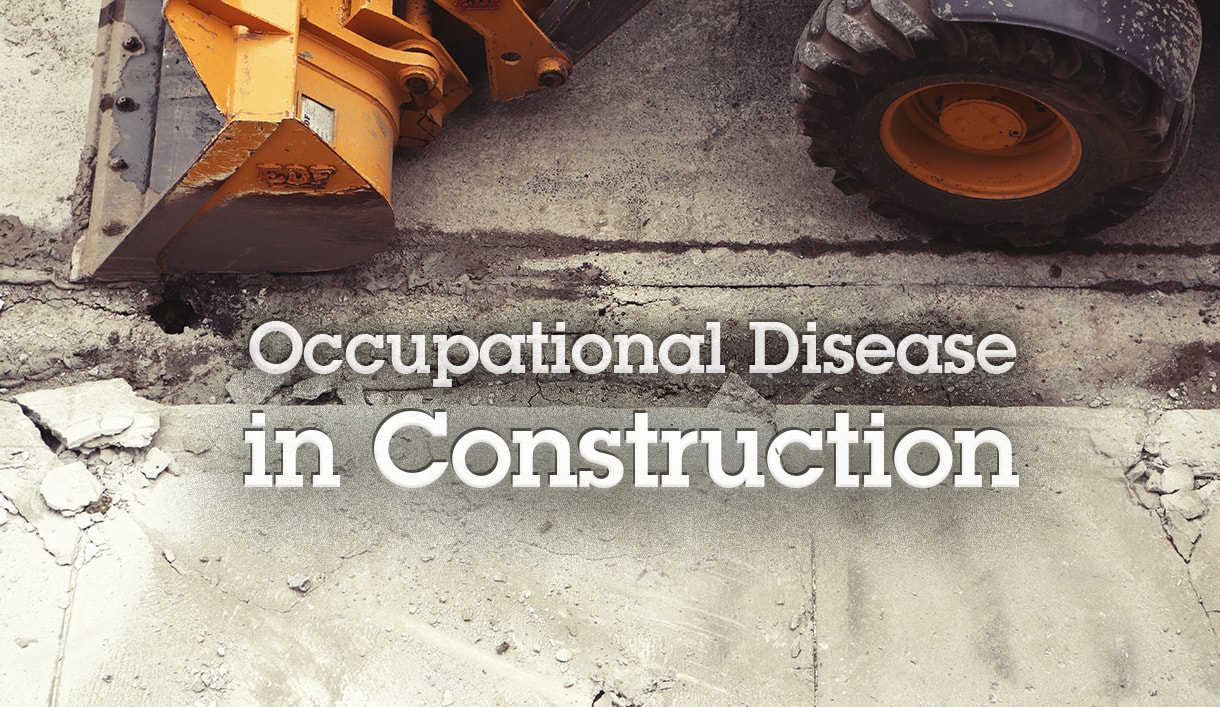Asbestos Awareness Week
Education and Protection – Using Asbestos
Asbestos has had a bit of a bad rap in recent years. And with good cause it appears as Asbestos Awareness Week 2017 is designed to emphasise.
The use of asbestos however dates back to prehistoric times. With dates spanning back 4,500 years for early use, the asbestos mineral anthophyllite has been discovered in earthenware pots in the lake Juojärvi region in east Finland. It has been mined commercially in North America since the late 1800’s.
The term asbestos was coined by a Roman naturalist named Pliny the Elder and his nephew Pliny the Younger has been accredited with recognising the detrimental effects on humans.
Some Persians believed the fibres were from the fur of an animal that lived in fire but died on contact with water, called the Samandar, and is thought to be where the belief that the Salamander could survive fire was born.
The first fatality, due to asbestosis, to be documented in medical literature, was that of Nellie Kershaw. Nellie was a textile factory worker from Rochdale, Greater Manchester, UK. Dr William Edmund Cooke testified at an inquest “mineral particles in the lungs originated from asbestos and were, beyond reasonable doubt, the primary cause of the fibrosis of the lungs and therefore of death”.
The employer ‘Turner Brothers Asbestos’ accepted no liability for the injuries caused by asbestos, paid no compensation and refused to contribute towards funeral costs as this would “create a precedent and admit responsibility”. Subsequently Nellie Kershaw was buried in an unmarked pauper’s grave.
Illnesses from asbestos exposure can take many years to develop and are generally associated with long term exposure. Usually, by the time this is recognised or diagnosed it is too late. This is why education and protection are important when working with asbestos.
Chrysotile-Containing Products
Chrysotile was banned from use in the UK on 24th August 1999 and was signed off on 24th November 1999 by the then Deputy Prime Minister and Hull’s own John Prescott.
This was the only type of asbestos allowed for use in the UK since Amosite and Crocidolite were banned in 1985. Chrysotile-containing products that were installed before November 24, 1999 are allowed to remain in place until they reach the end of their service life. Meanwhile, older asbestos in buildings is removed by asbestos removal specialists who have the knowledge, experience and equipment to remove it safely.
Asbestos Pollution
In recent times there have been instances of asbestos pollution that have been slightly ignored or brushed over by the media, the biggest being the Twin Towers of the World Trade Centre.
According to Mesothelioma.com about 400 tons (it doesn’t state if this is metric or imperial tons) was used to construct the lower 20 stories of the towers. This was more in the north tower, as by the time the second tower’s construction had started a ban on the material was expected in the near future. More details about Mesothelioma are covered in our Action Mesothelioma Day blog.
The asbestos in the Twin towers posed no threat until 9/11.
According to reports from the U.S. Environmental Protection Agency (EPA), the implosion of the towers “pulverized asbestos to ultra-fine particles” and scattered the debris over Lower Manhattan.
Asbestos exposure can cause life threatening illnesses such as asbestosis, mesothelioma and other lung cancers, although these diseases usually take between 20 and 50 years to present symptoms.
The people most at risk from exposure were those at Ground Zero. Rescue workers and the clean-up crews were most at risk from contamination as they were first on the scene and the last to leave.
Five years later in 2006 an emergency responder from 9/11 died of mesothelioma after inhaling toxins from ground zero. Another worker, Deborah Reeve, developed a serious cough two years after the attacks and died of mesothelioma in 2004.
According to experts, a large number of responders who were assisting with the clean-up are expected to be diagnosed with lung disease. The brave souls who were 1st on the scene were not prepared with the correct PPE and no breathing apparatus.
“As a result, nearly 70 percent of recovery personnel have suffered from lung problems, including a condition that was later coined ‘World Trade Centre Cough’.”
(Mesothelioma.com)
So, although the use of asbestos has been outlawed in many countries, there are still tons of it in existing buildings.
The above example would not have been a problem had the attack on the towers not taken place. But it did. The photographs of the aftermath, with huge plumes of white dust hanging in the air for weeks afterwards are known to pretty much all of us. Asbestos was not the only toxin released but is one that has already caused health problems and will continue to cause problems in the foreseeable future.
The Twin Towers is an extreme example of existing asbestos causing future problems. If you do find or recognise asbestos in your home or workplace it should only be responsibly removed by qualified removal experts with correct PPE and training.
Ted Sturgeon.









Leave a Reply
Want to join the discussion?Feel free to contribute!